.webp)
Keurig
From garage startup dreams to global coffee dominance, Keurig’s history is filled with bold experiments, revolutionary breakthroughs, and spectacular failures. Here’s the story of the machines that didn’t make it.
The B-Series represents Keurig’s humble beginnings, when single-serve coffee was still a radical idea.
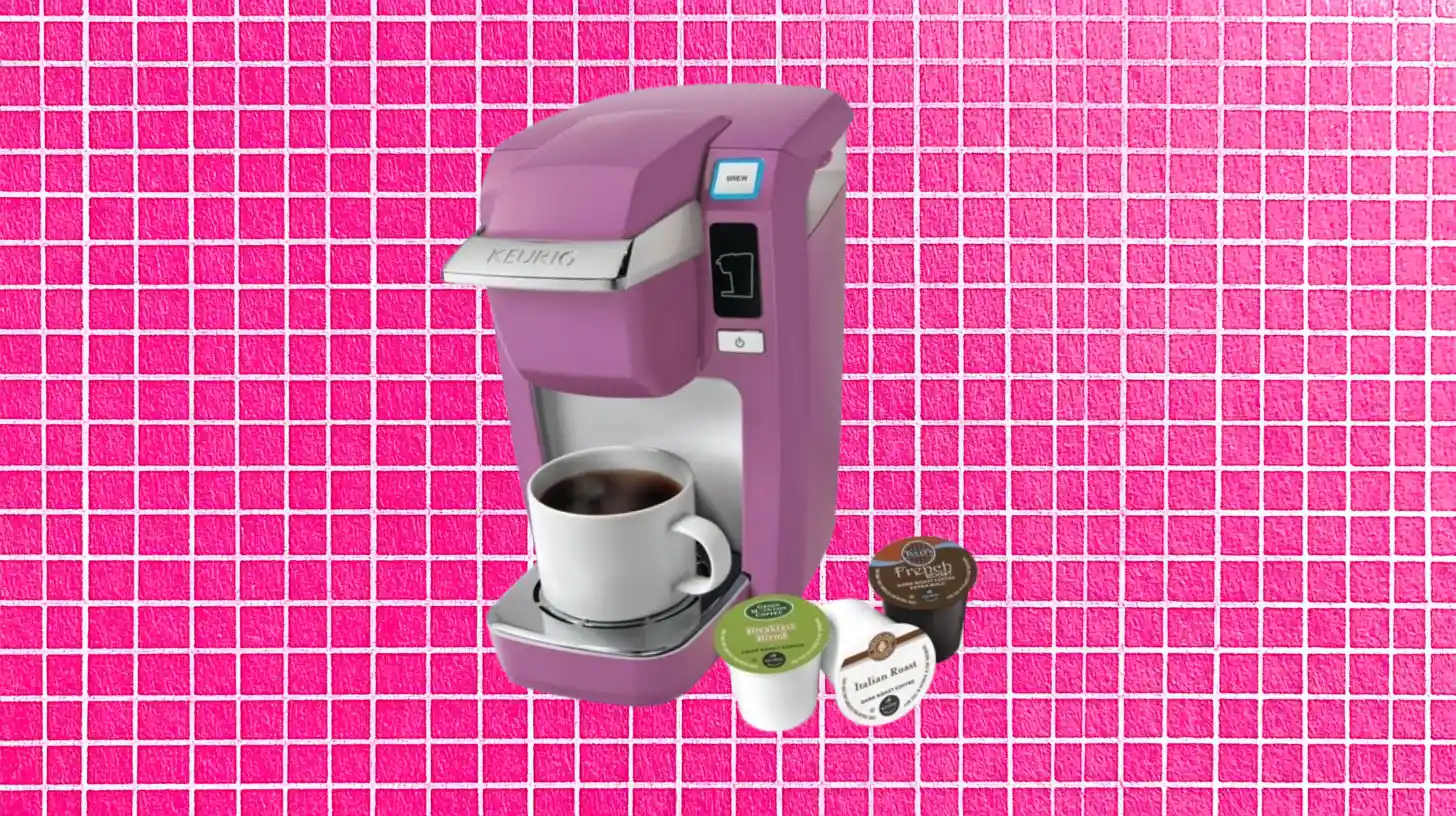
Discontinued: 2011
The tiny pioneer that started it all. This compact machine was Keurig’s first attempt at making single-serve coffee truly portable. At less than 11 inches in every direction, it was revolutionary for its time—though it required manual water filling before each cup. Think of it as the grandfather of today’s ultra-compact brewers.
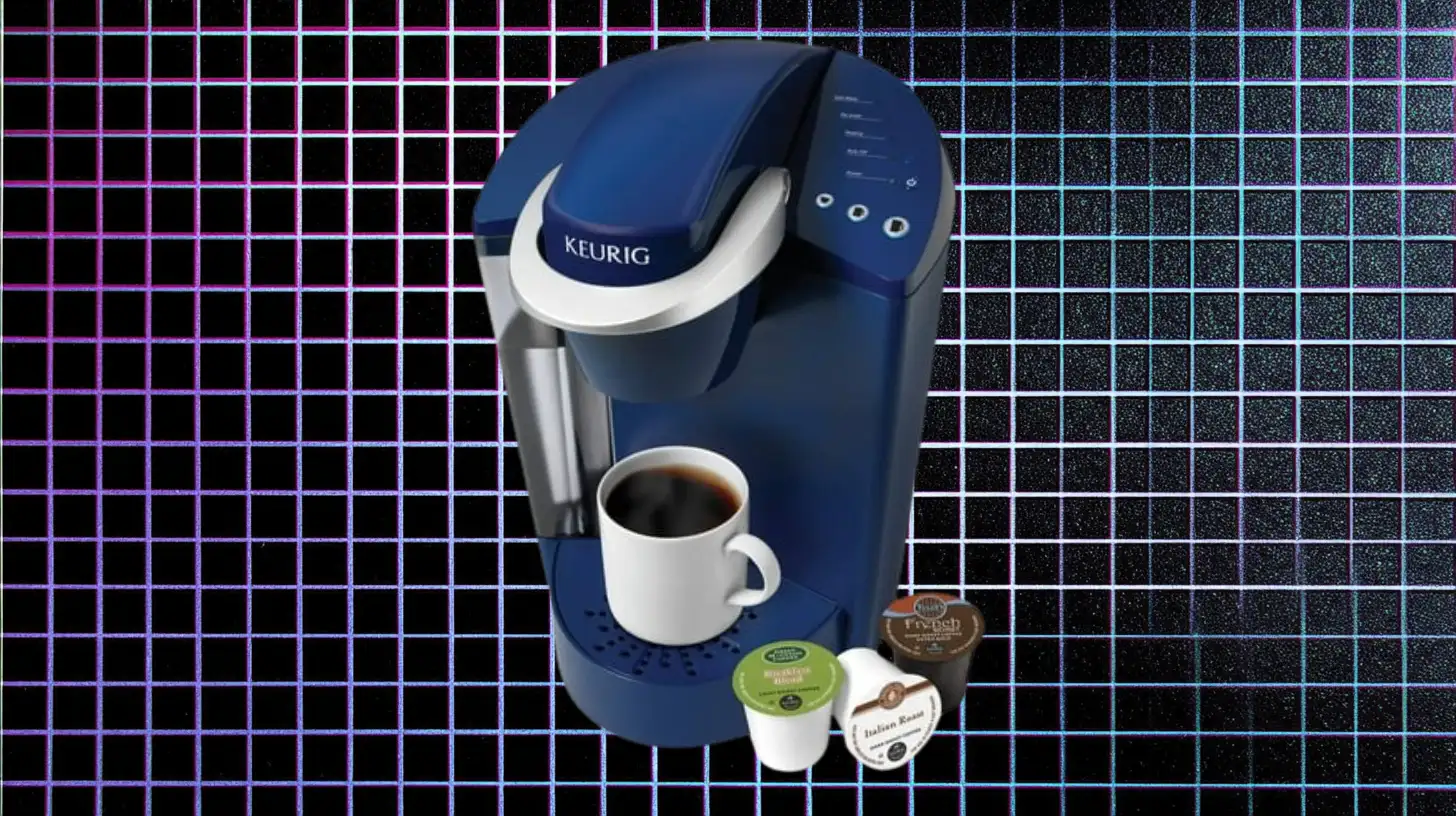
Discontinued: 2015
The people’s champion of early Keurig models. This no-frills workhorse became one of Keurig’s bestsellers with its simple operation and 48-ounce reservoir. It proved that sometimes, basic functionality trumps fancy features.
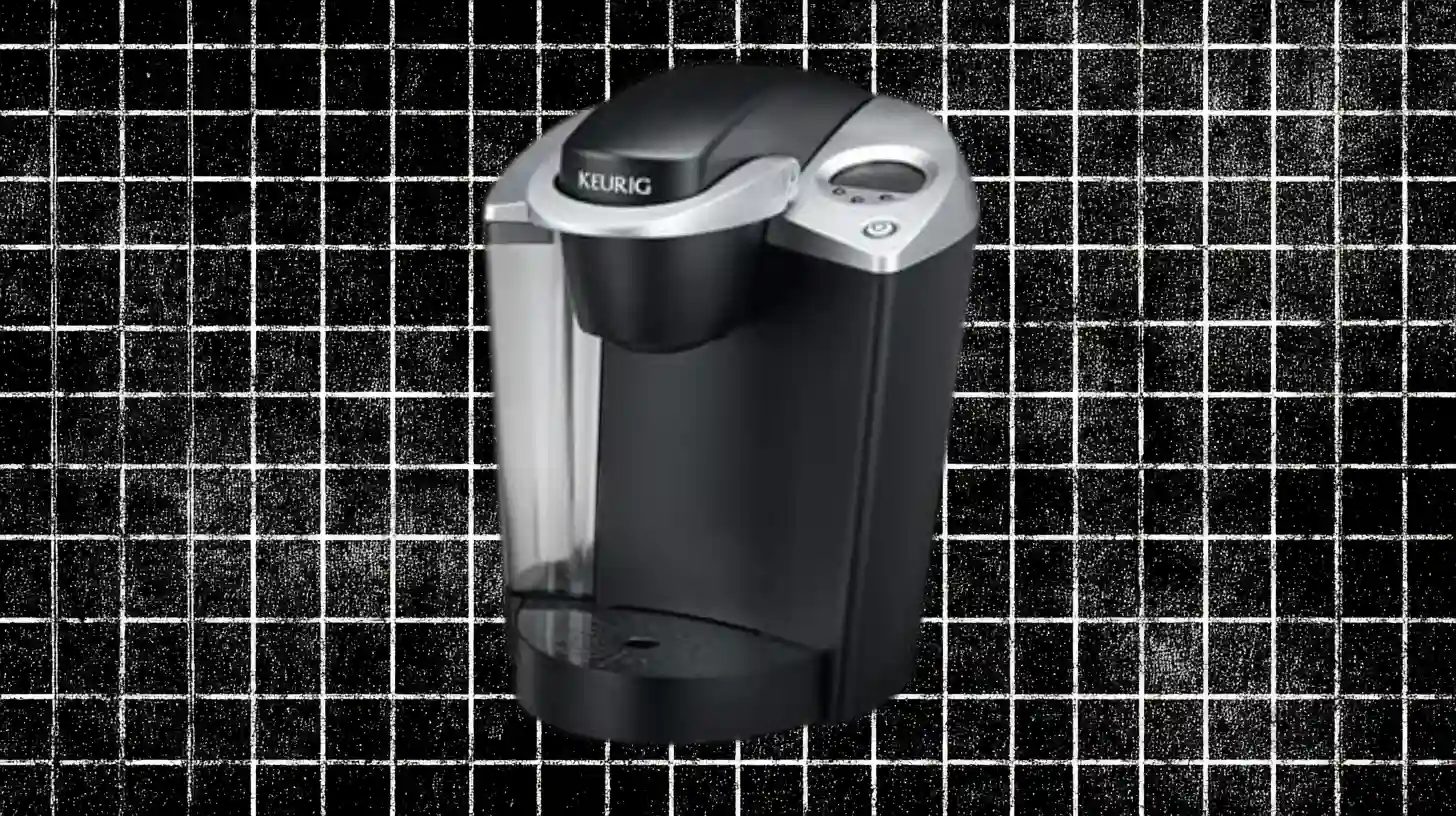
Discontinued: 2016
The first glimpse of the digital future. These models introduced Keurig’s first LCD messaging center. The B55 sweetened the deal with a water filter starter kit.

Discontinued: 2017
Keurig’s “Goldilocks” machine—not too basic, not too fancy, but just right. With its 60-ounce reservoir and programmable features, it hit the sweet spot for families wanting convenience without complexity. Many consider this the peak of simple, reliable Keurig design.
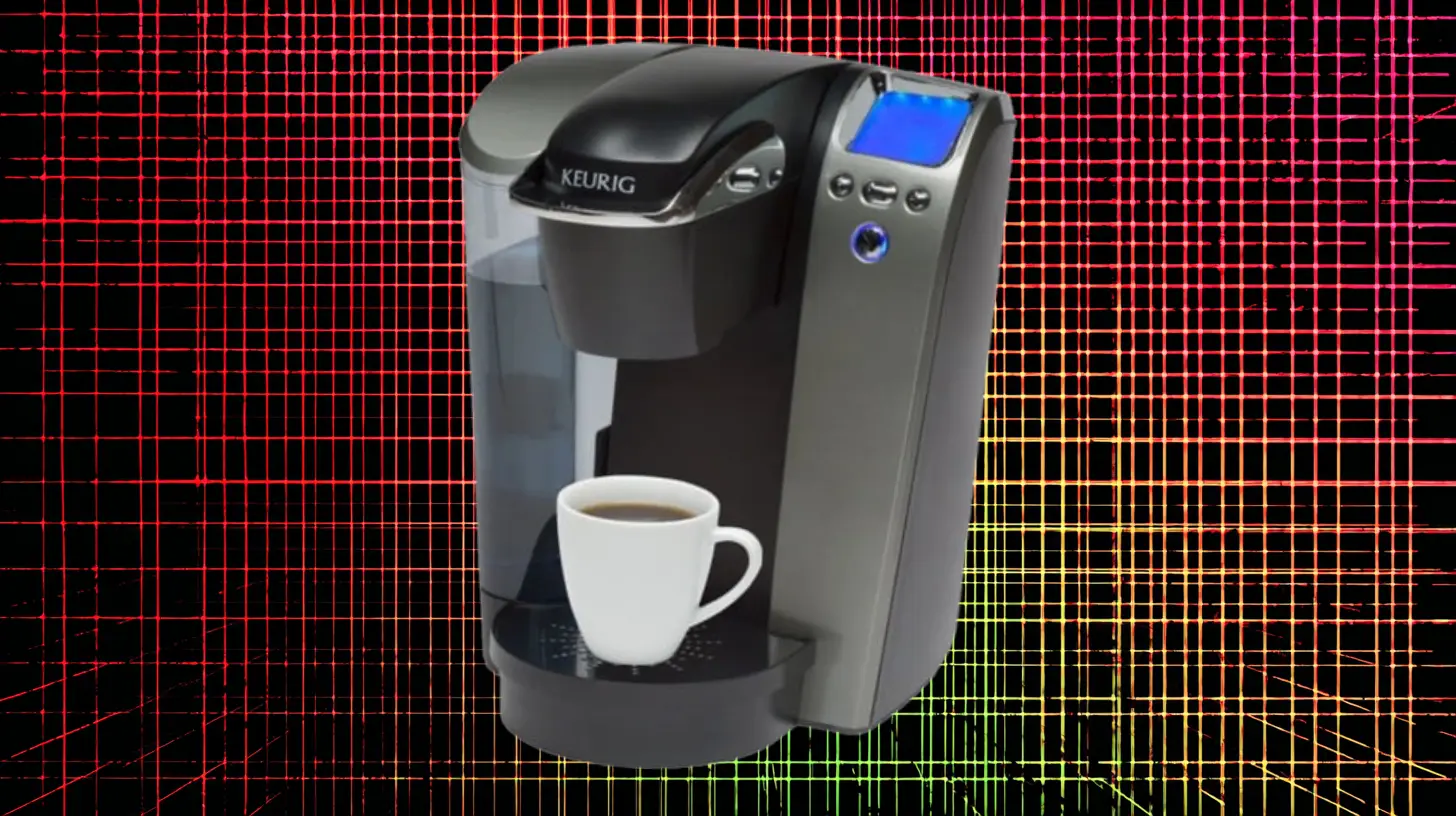
Discontinued: 2018
The crown jewel of the B-Series era. With temperature controls, five brew sizes, and a massive 72-ounce reservoir, this was the Ferrari of single-serve coffee makers.
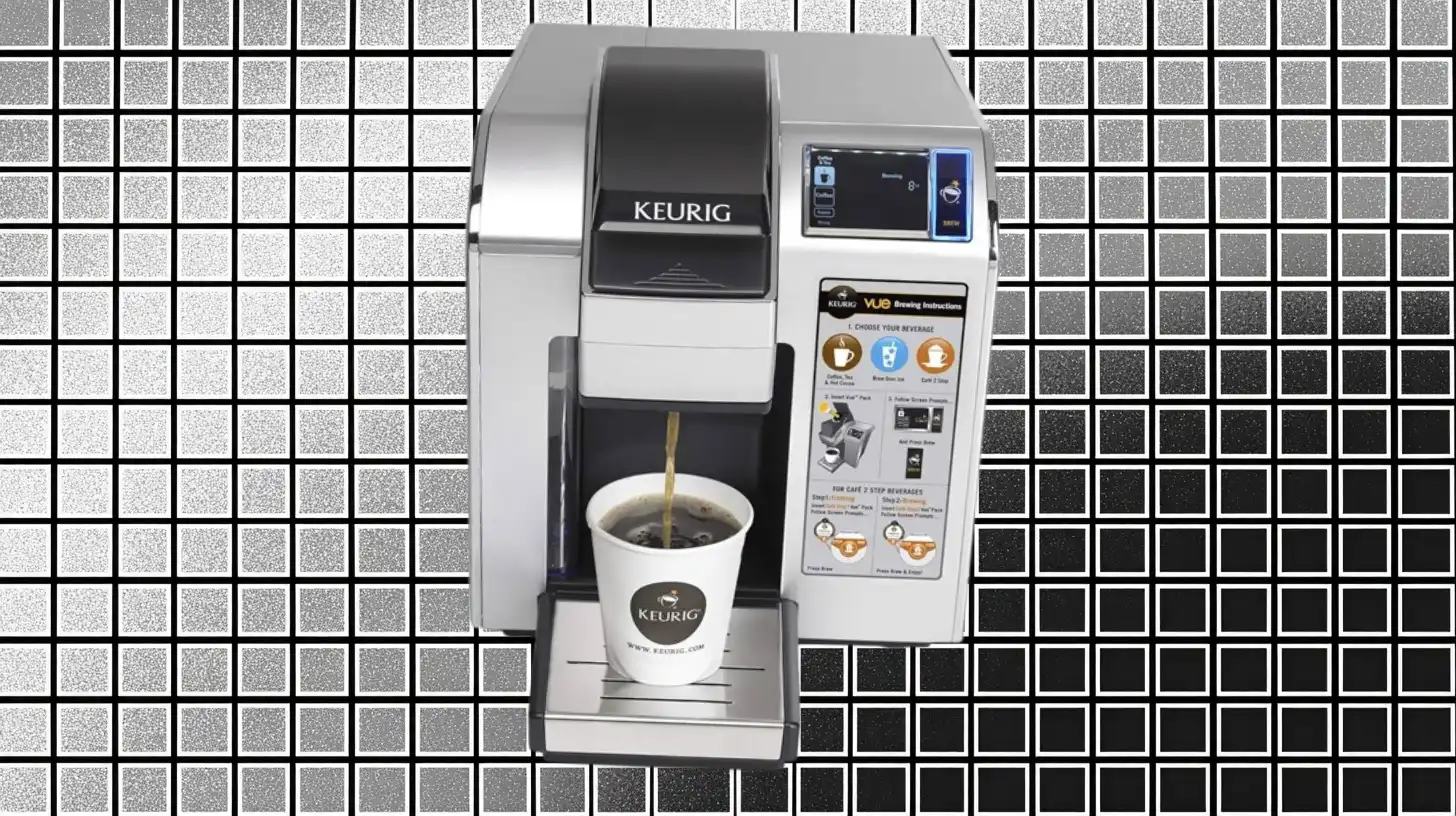
Discontinued: 2014
Keurig’s most ambitious early experiment. Bigger cups, hotter coffee, and complete customization control.
The Vue series was Keurig’s “iPhone moment.” Or so they thought. Launched just seven months before K-Cup patents expired, these machines featured touchscreen controls, temperature customization, and brew sizes up to 18 ounces.
The V700 even boasted a color touchscreen.
But Vue required special Vue pods, not regular K-Cups. After two years of struggling to justify the cost of producing specialized pods, Keurig pulled the plug.
These coffee makers were Keurig’s attempts to own your entire beverage experience.
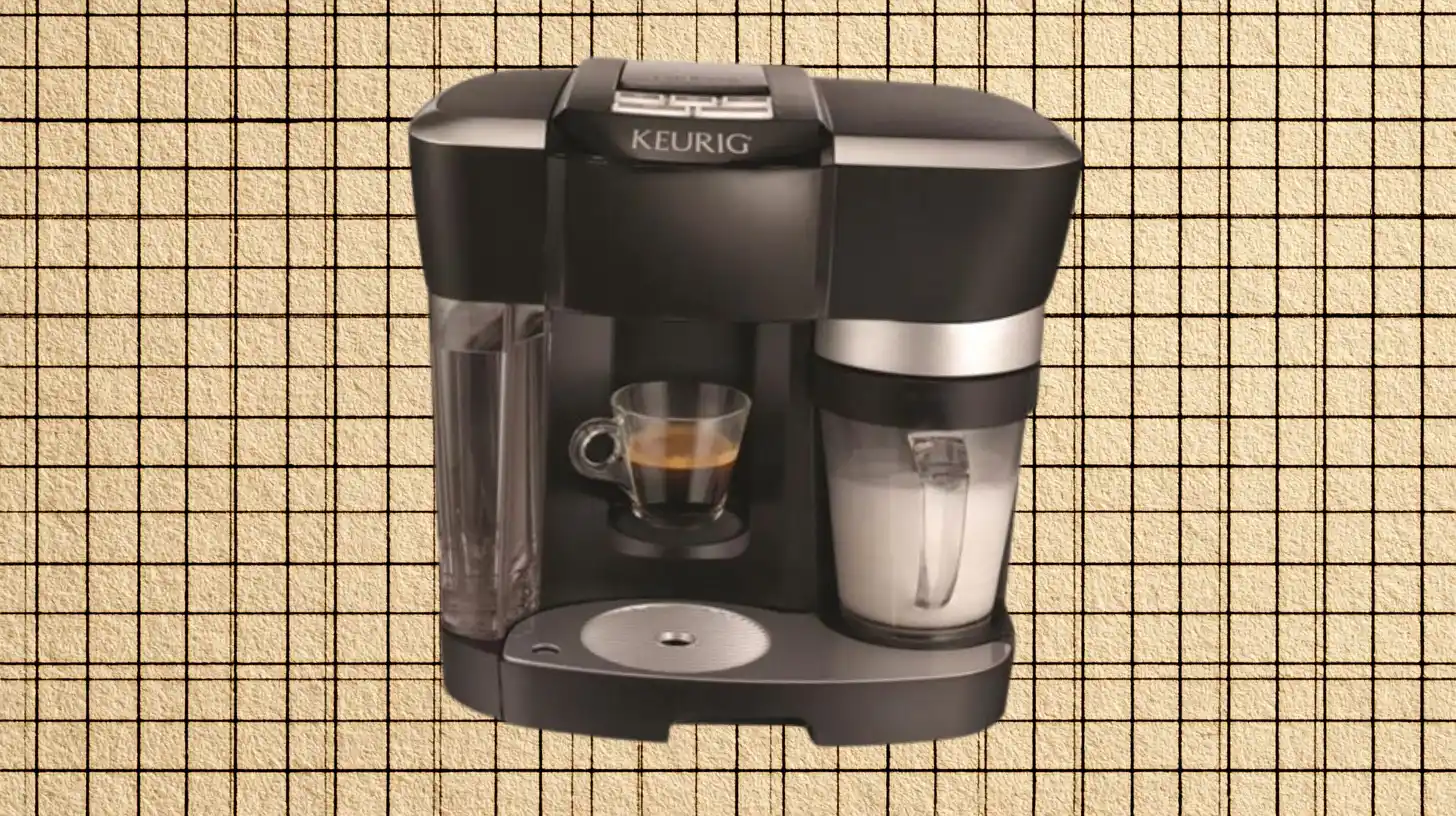
Discontinued: 2016
“Rivo” means “revolutionary” in Italian. And revolutionary it was. The device was developed with the Italian coffee company Lavazza, this machine promised authentic espresso drinks at home. Complete with milk frother and premium pod technology, it seemed destined for success.
The fatal flaw? Only Lavazza pods worked, and when Keurig discontinued the gadget, the pods became nearly impossible to find. Customers were left with expensive countertop decorations that just attracted dust.

Discontinued: 2016
Keurig’s attempt to recapture the traditional office coffee market with a full-pot brewer. While K-Cups dominated individual brewing, many offices still needed to brew for crowds. The Bolt tried to bridge that gap but couldn’t compete with traditional commercial coffee systems.
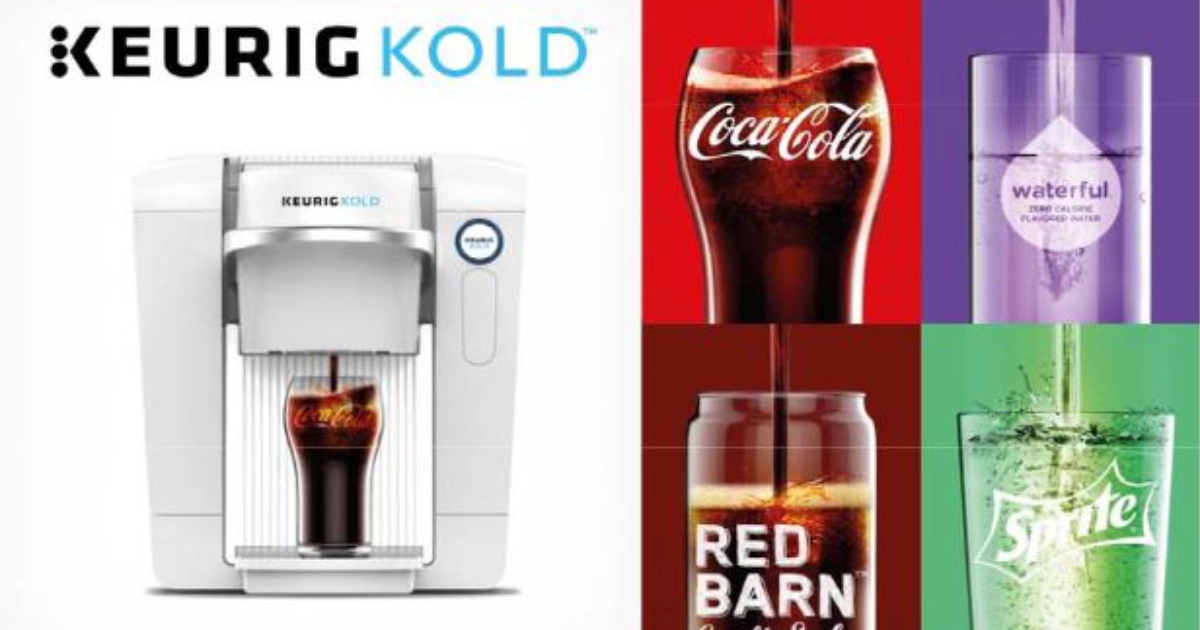
Discontinued: 2016
Perhaps Keurig’s most spectacular failure. The Kold promised fountain-quality sodas at home, complete with partnerships from Coca-Cola and Dr Pepper. At $370, it was essentially a high-tech soda fountain for your kitchen.
The problems were endless. It was massive, had a 2-5 hour startup time, pods costing more per ounce than store-bought soda, and noise levels that could wake the neighbors. After just nine months and a planned $337 million manufacturing investment, Keurig admitted defeat and offered full refunds.
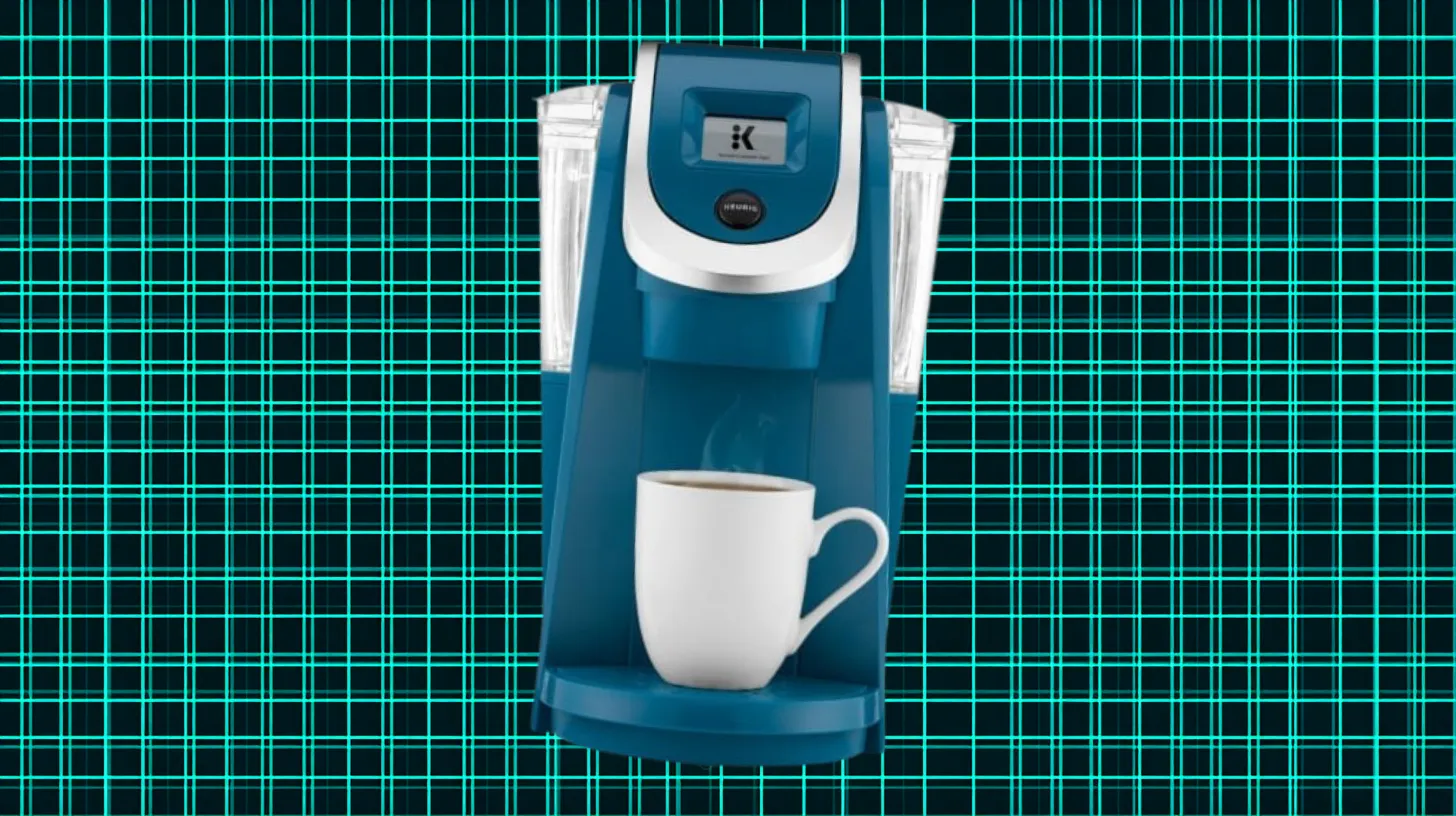
Discontinued: 2019
The 2.0 series looked perfect on paper. Touchscreen displays. Carafe brewing. Multiple cup sizes. Revolutionary technology that could read pod lids and optimize brewing automatically.
Then came the backlash.
The series included Digital Rights Management (DRM) that locked out unofficial K-Cups—forcing customers to buy only expensive, Keurig-approved pods. Coffee lovers who’d built collections of favorite third-party brands suddenly found them useless.
The consumer revolt was swift and brutal. Sales plummeted. Competitors thrived. Within five years, Keurig quietly discontinued the entire line and returned to basics.
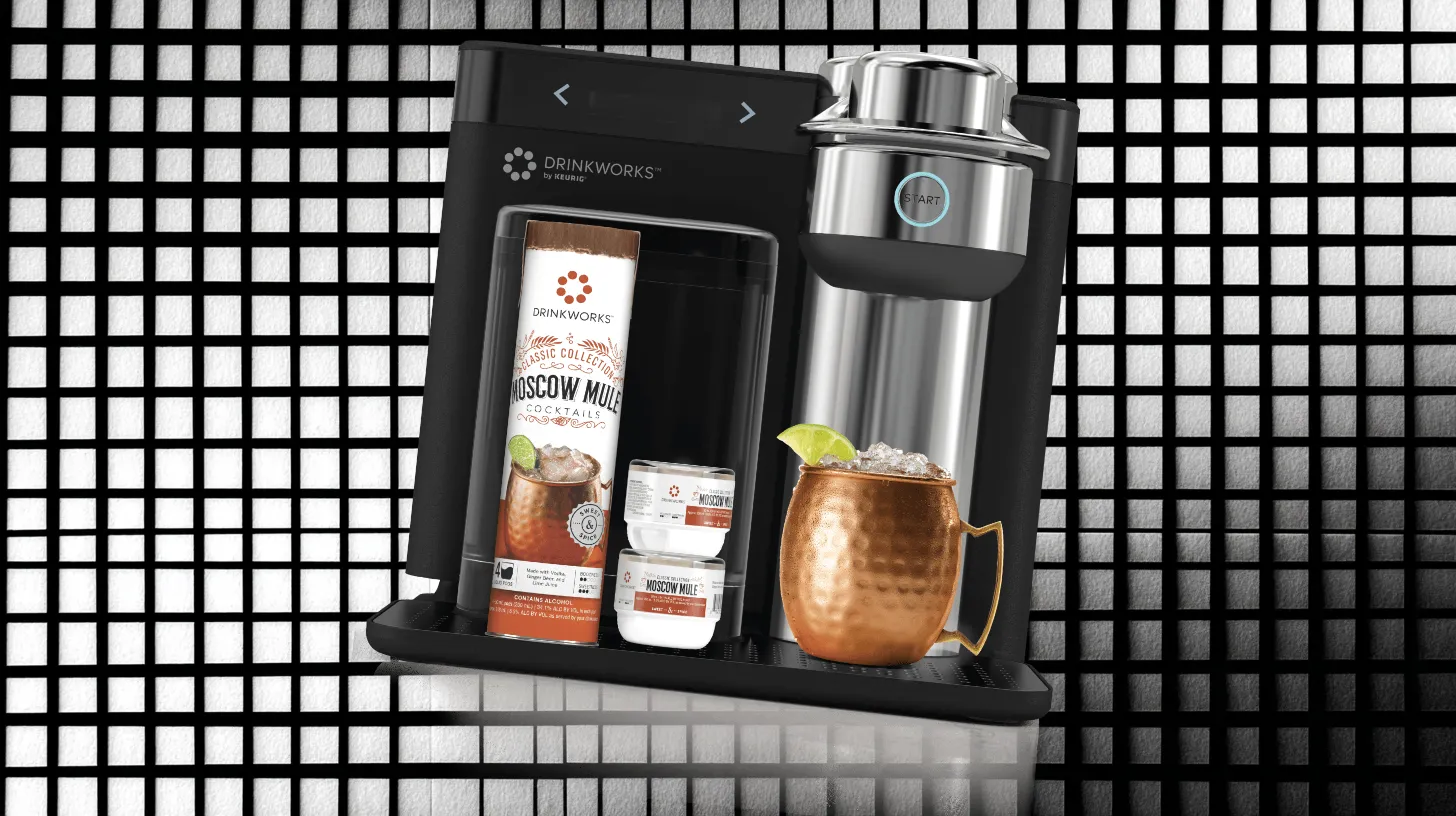
Discontinued: 2021
Keurig’s final attempt at beverage expansion. And perhaps their most heartbreaking failure. Developed with beer giant AB InBev, Drinkworks promised perfect cocktails at the push of a button. Old Fashioneds. Margaritas. Moscow Mules. All in under 60 seconds.
The timing seemed perfect. Pandemic lockdowns had everyone mixing drinks at home. Sales doubled in the final year. And a second-generation machine was announced in October 2021.
Then, just two months later, they shut it down.
Despite growing sales and positive reviews, the parent companies pulled the plug. Customers who’d invested $300+ in the machines received full refunds, but the abrupt closure left many wondering what might have been.